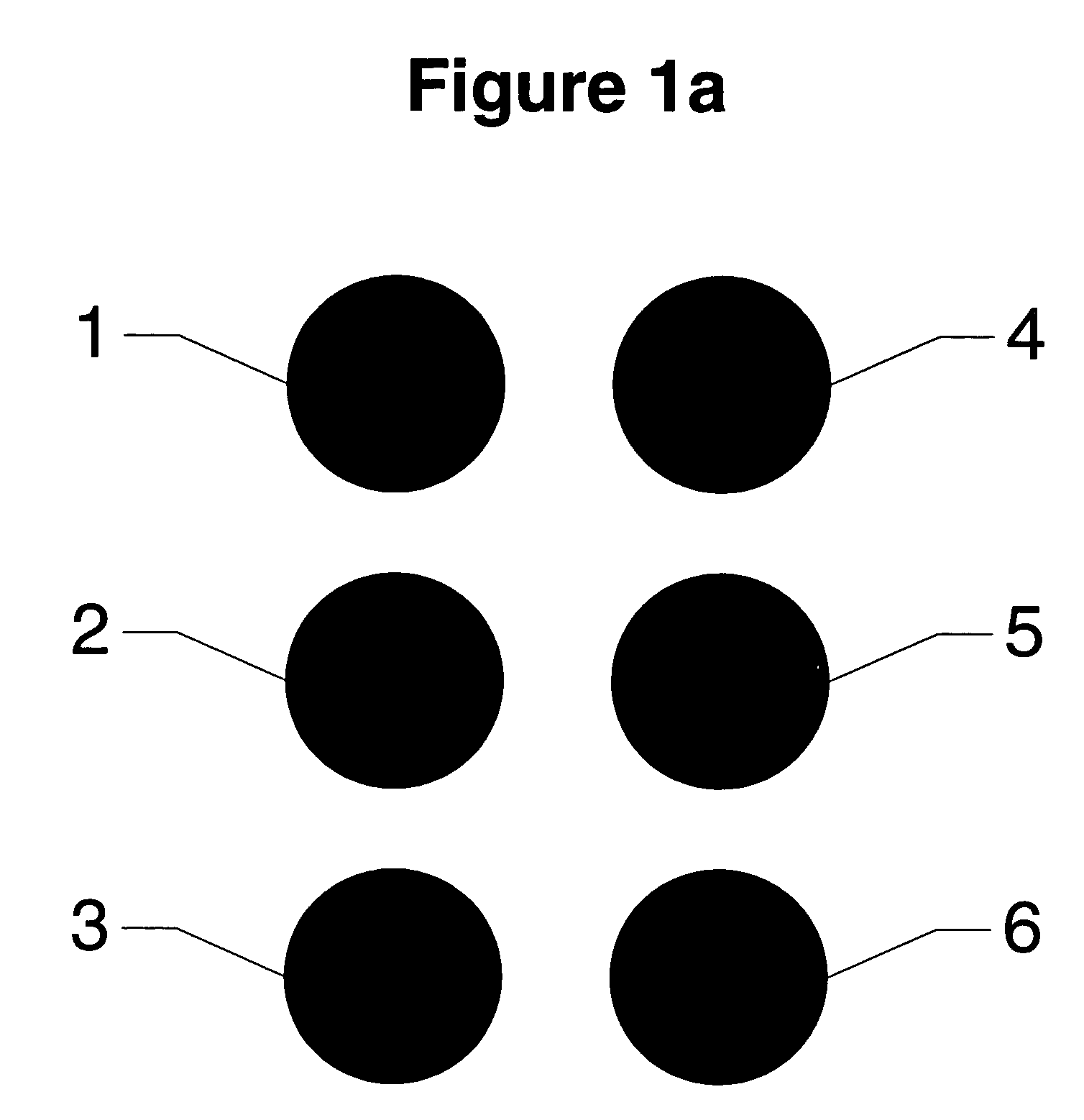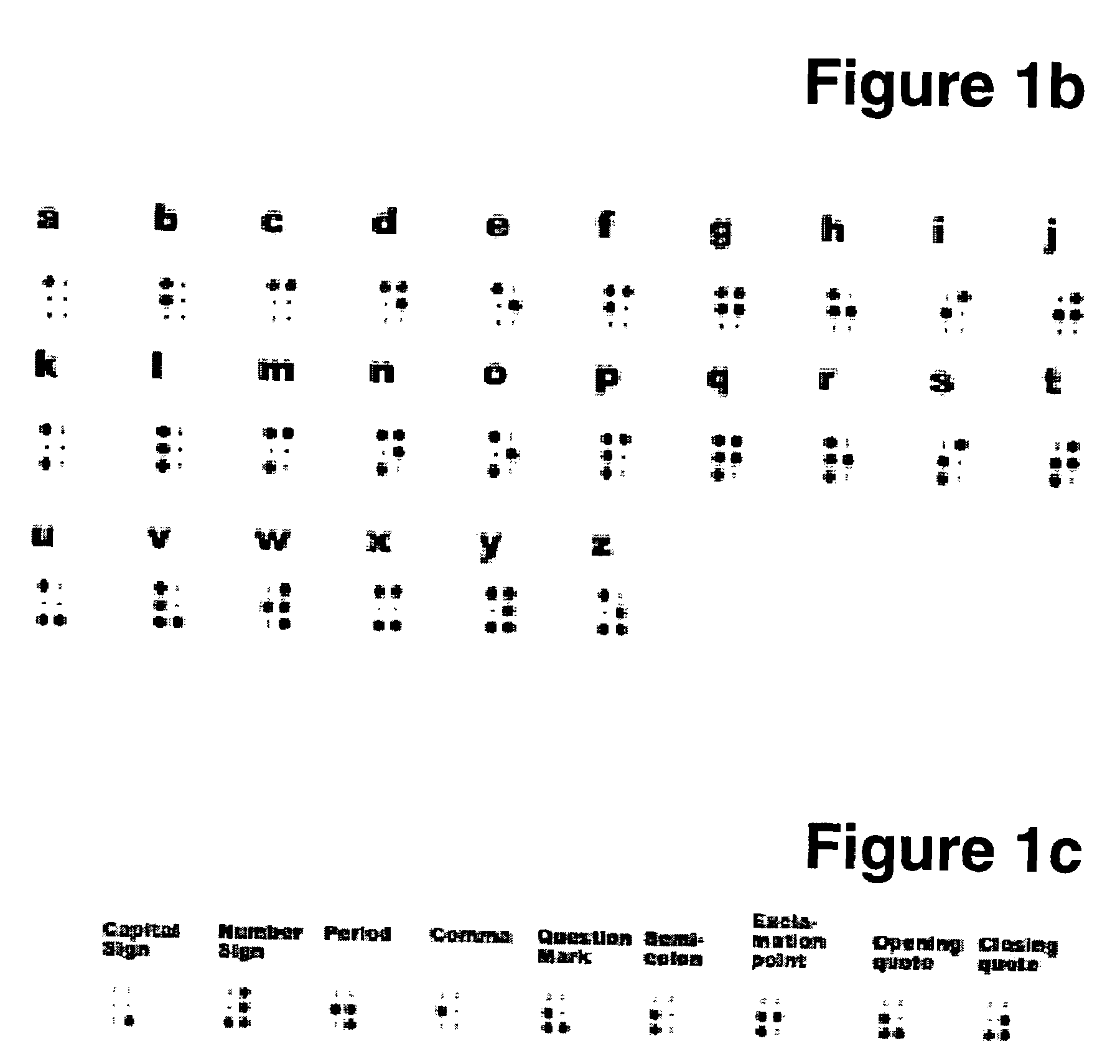System and method for integrating tactile language with the visual alphanumeric characters
a technology of visual alphanumeric characters and alphabets, applied in the field of computer software, can solve the problems of two interfaces, affecting the ability of a person to read and write, and containing redundant information, so as to eliminate the need for redundant interfaces
- Summary
- Abstract
- Description
- Claims
- Application Information
AI Technical Summary
Benefits of technology
Problems solved by technology
Method used
Image
Examples
Embodiment Construction
[0021]A system and method for integrating tactile language with the visual alphanumeric alphabet is described herein. In the following description numerous specific details are set forth in order to provide a more thorough understanding of embodiments of the invention. It will be apparent, however, to an artisan of ordinary skill that the present invention may be practiced without incorporating all aspects of the specific details described herein. In other instances, well-known features have not been described in detail so as not to obscure the invention.
[0022]Embodiments of the invention described herein are directed to an article of manufacture and methods relating to producing that article of manufacture. To generate character elements a computer readable memory medium, computer program product, or computer system is programmed to obtain a set of display elements and output those elements as a character.
[0023]FIG. 2a depicts an example character embodying one or more aspects of t...
PUM
 Login to View More
Login to View More Abstract
Description
Claims
Application Information
 Login to View More
Login to View More - R&D
- Intellectual Property
- Life Sciences
- Materials
- Tech Scout
- Unparalleled Data Quality
- Higher Quality Content
- 60% Fewer Hallucinations
Browse by: Latest US Patents, China's latest patents, Technical Efficacy Thesaurus, Application Domain, Technology Topic, Popular Technical Reports.
© 2025 PatSnap. All rights reserved.Legal|Privacy policy|Modern Slavery Act Transparency Statement|Sitemap|About US| Contact US: help@patsnap.com



